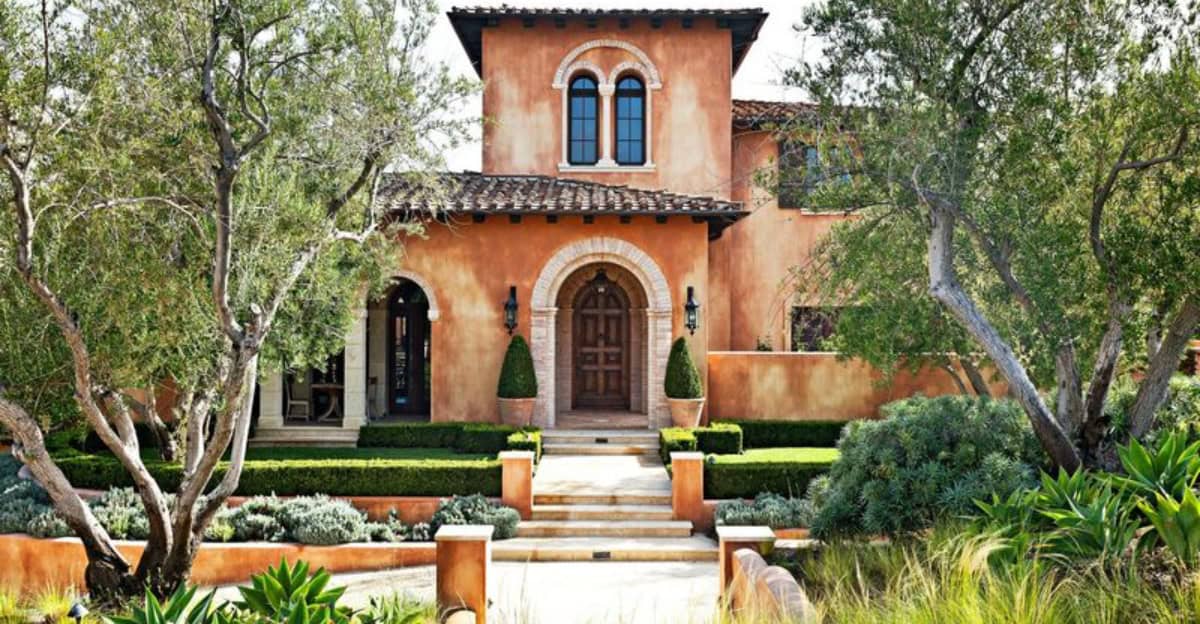Exploring the unique characteristics that differentiate American and European homes reveals our diverse approaches to living spaces.
From architectural styles to the size of rooms, these differences reflect cultural priorities and historical contexts.
This blog post delves into the 10 main distinctions between homes on either side of the Atlantic, offering insights into how these variations impact everyday life.
1. Size and Space
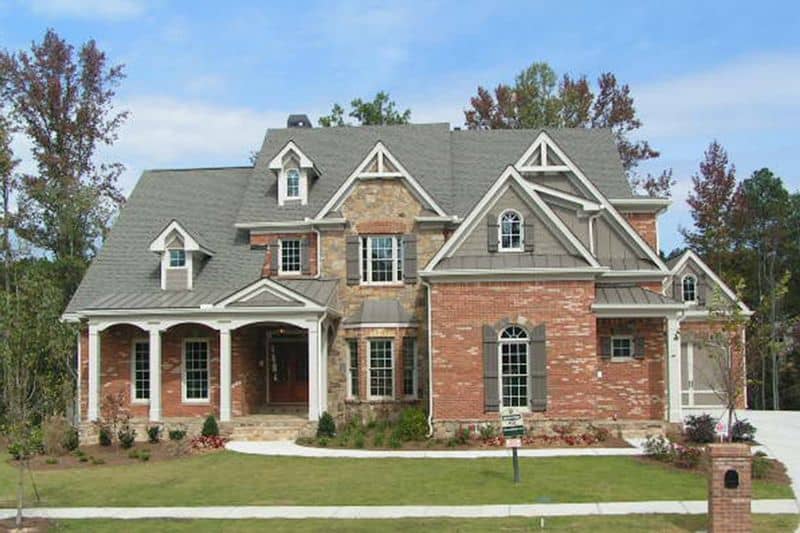
American homes are generally larger than their European counterparts, offering more space and often including expansive lawns.
In America, the preference for more space is evident in the design and layout, with big kitchens and multiple bathrooms.
In contrast, European homes tend to be smaller and more efficiently designed, focusing on maximizing available space.
This difference stems from geographical and historical factors, with Europe’s higher population density influencing the development of more compact living areas.
While larger homes provide more comfort, smaller spaces encourage efficient use and creative design solutions.
2. Architectural Styles
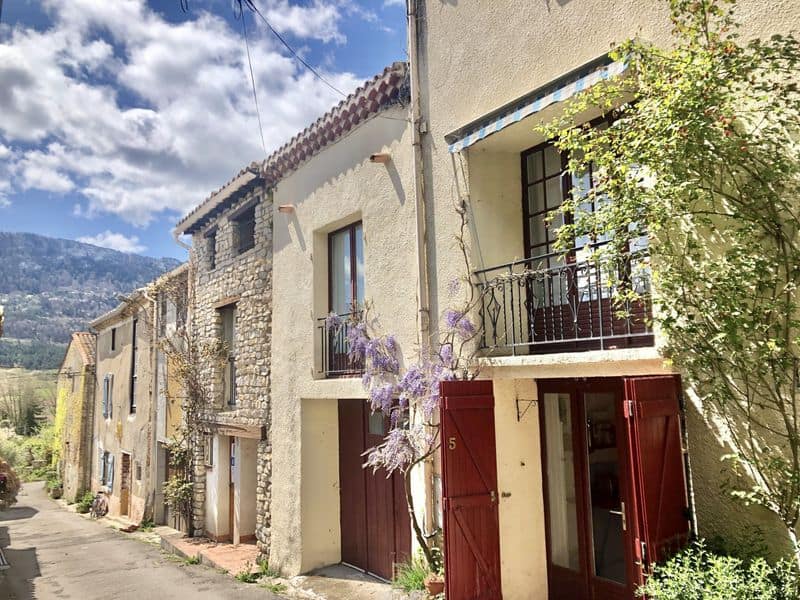
American architectural styles display a blend of influences, often focusing on modern and colonial styles.
In contrast, European homes boast a rich diversity of architectural traditions, from Gothic to Baroque.
Each style reflects historical and cultural influences unique to the region.
This diversity adds a layer of character and charm to European homes that is both timeless and evocative. American architecture, on the other hand, often emphasizes functionality and modernity.
These differences in styles highlight varied aesthetic preferences and cultural histories, providing a glimpse into the values and priorities of each society.
3. Building Materials
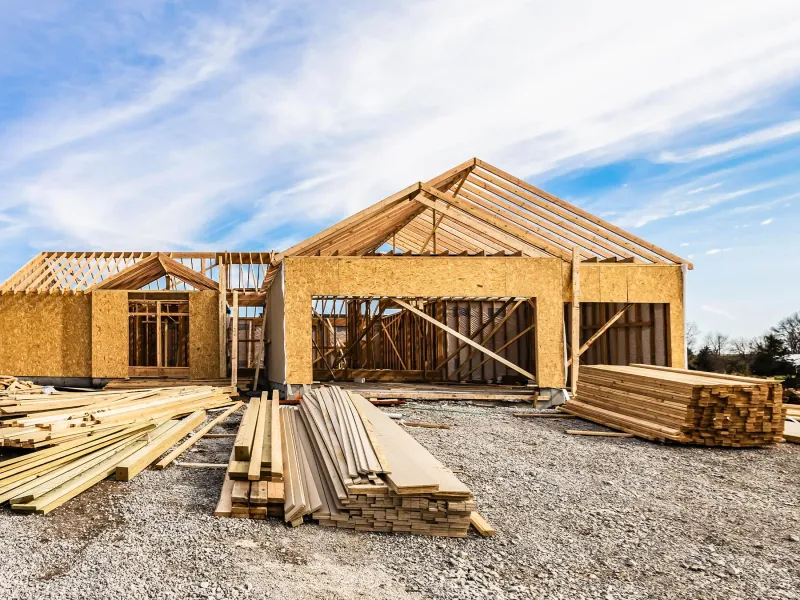
American homes often use wood as a primary building material, reflecting the country’s abundant natural resources. This choice allows for faster construction and flexibility in design.
Conversely, European homes frequently utilize brick and stone, materials known for their durability and historical significance.
These materials convey a sense of permanence and tradition, aligning with Europe’s long-standing architectural heritage.
The selection of building materials reflects each region’s environmental conditions, resource availability, and cultural preferences.
While wooden homes offer a warm and flexible living space, brick buildings provide robustness and a connection to history.
4. Insulation and Energy Efficiency
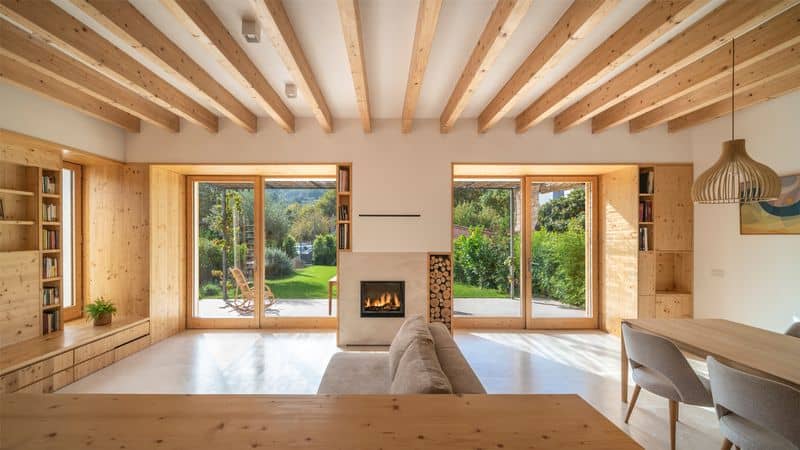
European homes are renowned for their energy efficiency and superior insulation, often driven by stricter regulations and a strong emphasis on sustainability.
In contrast, American homes may sacrifice some energy efficiency for larger spaces, which can result in higher energy consumption.
Innovations in European construction focus on reducing environmental impact and optimizing energy use. These practices lead to lower utility costs and a smaller carbon footprint.
American homes, while increasingly adopting energy-efficient technologies, still face challenges due to their size and construction choices.
This difference underscores the varied approaches to environmental responsibility.
5. Heating Systems
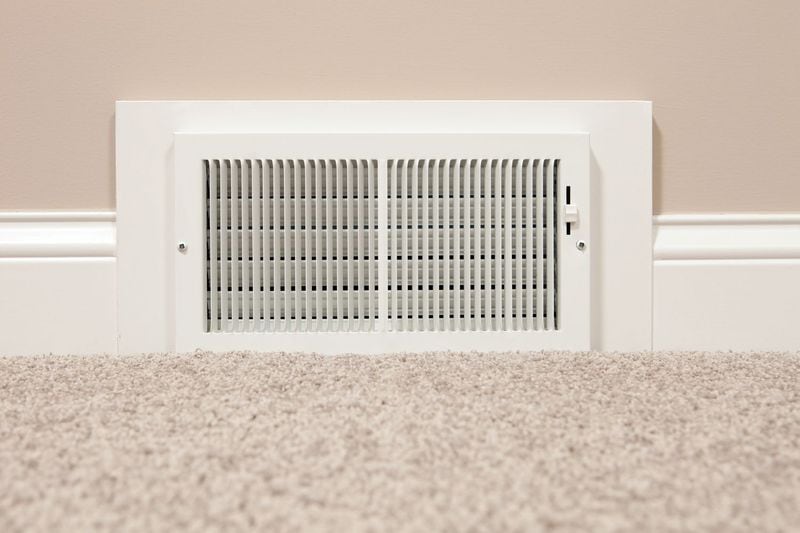
In Europe, radiator and underfloor heating systems are prevalent, offering consistent and efficient warmth. These systems have a history rooted in energy conservation and comfort.
American homes, however, often rely on forced-air heating systems, which are quicker to install and distribute heat rapidly.
Despite the efficiency of European systems, the American preference for forced-air systems aligns with priorities of cost-effectiveness and convenience.
These heating options reflect broader cultural differences in how comfort and efficiency are balanced. Each system has its advantages, yet both aim to provide a cozy and livable environment.
6. Kitchen Design
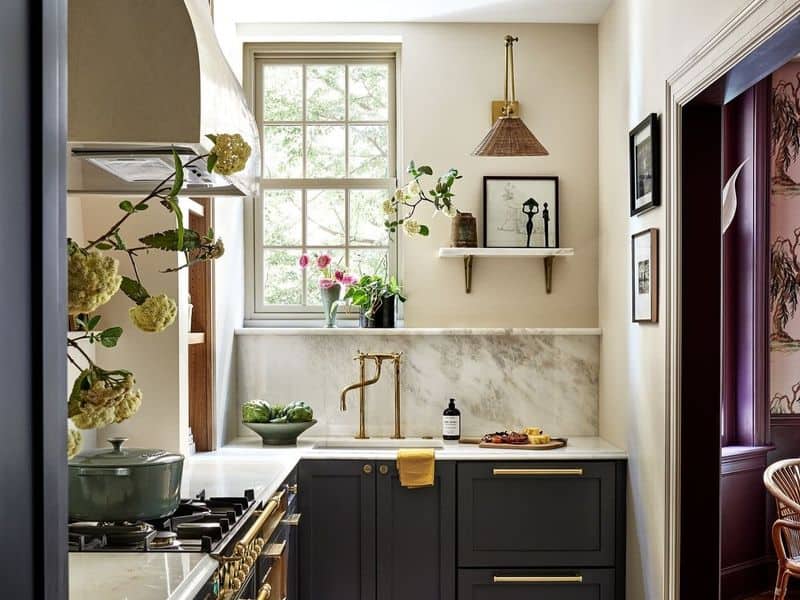
American kitchens are typically expansive, featuring open layouts and large islands that serve as central gathering spots. This design promotes social interaction and entertainment.
European kitchens, by contrast, focus on efficiency and functionality, often being smaller and more integrated into living spaces.
The European approach reflects a culture that values practical cooking spaces over socializing.
These kitchen designs reveal cultural attitudes towards food preparation and socialization.
While American kitchens may accommodate large gatherings, European kitchens emphasize organized and efficient use of space, meeting the needs of everyday cooking with style and precision.
7. Bathroom Fixtures
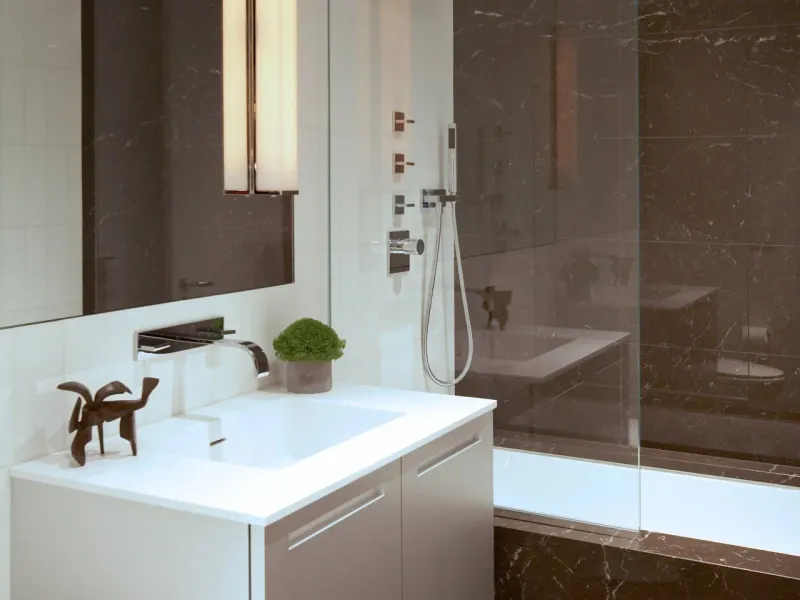
American bathrooms are often designed with luxury in mind, featuring spacious layouts and multiple fixtures such as double sinks and separate shower and bath areas.
This design highlights a lifestyle that values personal space and comfort.
European bathrooms, however, tend to be more compact and efficient, often integrating shower and bath into a single unit.
This reflects a practical approach to space utilization, catering to smaller living areas.
These contrasting styles illustrate differing priorities in bathroom design, with Americans favoring opulence and Europeans focusing on functionality and space efficiency.
8. Garden and Outdoor Spaces
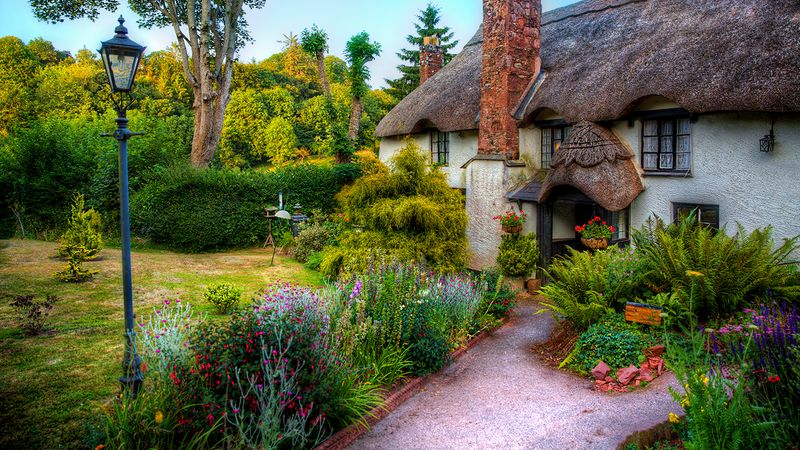
The American home often features expansive outdoor spaces, emphasizing lawns and recreational areas for social gatherings and family activities.
These spaces reflect a cultural preference for outdoor living and entertainment.
European homes, however, typically have smaller gardens or courtyards, focusing on aesthetic appeal and efficient use of space.
These areas often include small vegetable or flower gardens that enhance the beauty and functionality of the home.
The difference in outdoor spaces highlights cultural attitudes towards leisure and nature, with Americans prioritizing large recreational areas and Europeans valuing ornamental and productive gardens.
9. Location and Proximity
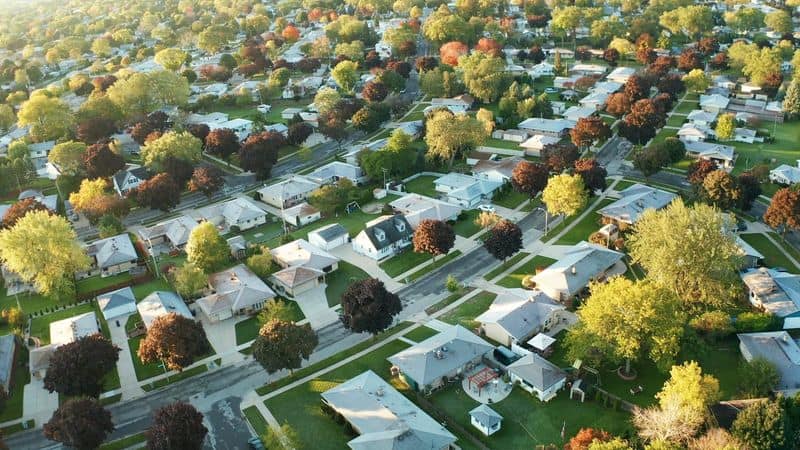
American homes are frequently located in sprawling suburban areas, where space is abundant and homes are spread out.
This setting offers privacy and quiet, but can lead to longer commutes and reliance on cars.
Europeans, on the other hand, often live in closer proximity to urban centers, facilitating access to public transportation and amenities.
This compact living arrangement encourages walking and reduces dependence on vehicles, contributing to a more sustainable lifestyle.
The location and layout of homes reveal differing societal values and lifestyles, with Americans prioritizing space and Europeans favoring accessibility.
10. Historical Influence
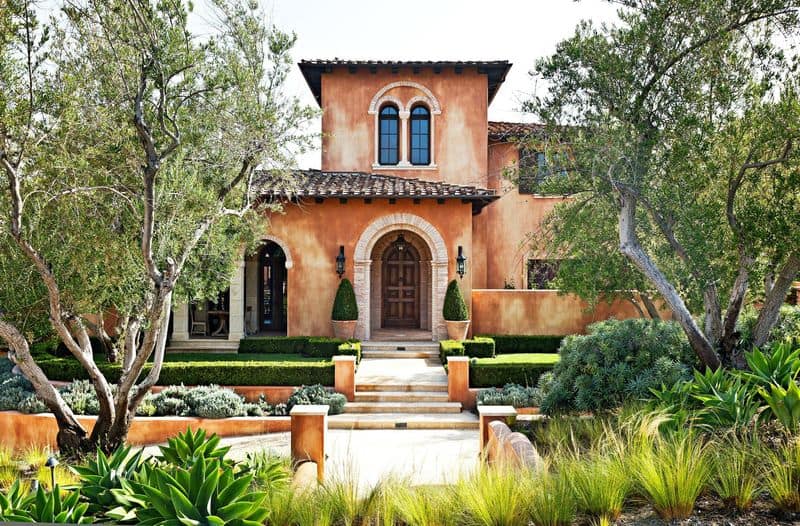
European homes are steeped in history, often blending old-world charm with modern conveniences.
These buildings may feature historical elements like cobblestone streets and century-old facades, reflecting a deep connection to the past.
American homes, while newer, often incorporate historical architectural elements in a more modern context. This blend of past and present creates a unique character in both regions.
The historical influence on homes is a testament to each region’s journey through time, offering a window into cultural evolution.
While Europe preserves its rich heritage, America embraces a contemporary twist on tradition.

